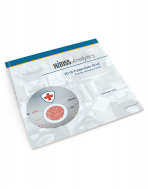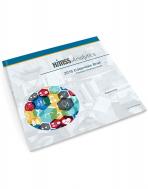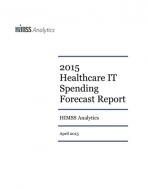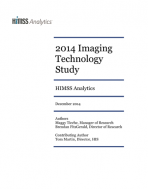Essentials Briefs
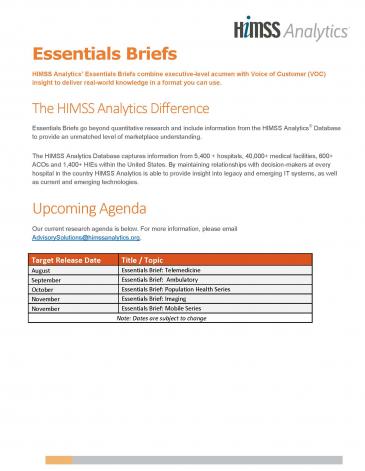
Essentials Briefs go beyond quantitative research and include information from the HIMSS Analytics® Database to provide an unmatched level of marketplace understanding. The HIMSS Analytics Database captures information from:
- 5,400 + hospitals
- 40,000+ medical facilities
- 600+ ACOs
- and 1,400+ HIEs within the United States.
By maintaining relationships with decision-makers at every hospital in the country HIMSS Analytics is able to provide insight into legacy and emerging IT systems, as well as current and emerging technologies.
Get the Study
MORE RESEARCH REPORTS
Access the 2016 Precision Medicine Essentials Brief, a study on the U.S. Precision Medicine solutions market. This study provides insight into precision medicine solution adoption and purchase intentions from healthcare delivery organizations in the U.S. market.
HIMSS Analytics has published the latest version of its hospital healthcare information technology (HIT) forecasting model to project industry spend from 2014 through 2019. HIMSS Analytics’ forecasting methodology uses IT expense data from the previous reporting year (2013) and projected budget data for the current reporting year (2014) as well as for future years to forecast spending over the next five years (2014 – 2019).
The need for additional functionality was cited as the primary driver by 68% of respondents who plan to purchase a new system, upgrade or replace their current system. Just under 25% of respondents currently make images accessible via mobile devices. Approximately 50% of respondents currently utilize Enterprise Image Viewing functionality.

